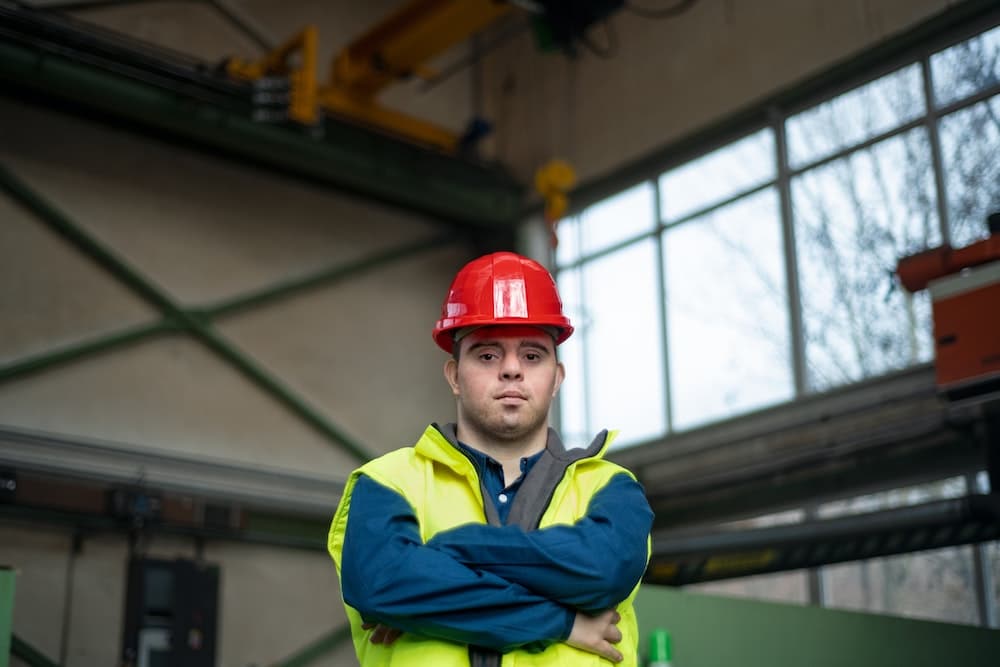As the property market in the Scottish Highlands continues to burgeon, developers and investors are increasingly seeking ways to integrate community initiatives into their real estate developments. This article offers expert advice on how such integration can be achieved, while fostering a sense of community identity and optimising the potential of local resources. The focus is on tangible strategies that can be adopted, with examples drawn from successful projects in the Highlands.
Identifying and Meeting Community Needs
A successful integration of community initiatives begins with gaining an understanding of the local community and its needs. This involves initiating dialogue and fostering relationships with the community, local government, and other stakeholders.
A lire en complément : What Are the Essential Considerations for Building Co-Housing Communities in the UK?
To effectively identify community needs, developers should conduct a comprehensive needs assessment. This includes surveys, interviews, and focus groups to gather qualitative and quantitative data about the community’s priorities. This data should then be used to inform the development plans and the community initiatives to be integrated.
One way to meet community needs while also benefiting the real estate development is to dedicate a portion of the development for community use. This could include a community centre, a playground, a park, or other communal facilities. Such facilities can serve to meet identified needs, while also enhancing the appeal of the development and contributing to its value.
Cela peut vous intéresser : How Can Landlords in the UK Implement Cost-Effective Smart Home Upgrades?
Engaging the Community in the Development Process
Engagement of the community in the real estate development process is of paramount importance in the integration of community initiatives. This can be achieved through community meetings, workshops, and other forms of public consultation.
These consultations should be designed to solicit input and feedback from community members on the proposed development and the associated community initiatives. Such a participatory approach can help to ensure that the initiatives are responsive to the community’s needs and aspirations, while also fostering a sense of ownership and increasing buy-in.
In addition, involving the community in the development process can have the added benefit of tapping into local knowledge and skills. Community members can contribute valuable insights about the local context, as well as potential solutions to challenges that may arise during the development.
Creating a Strong Sense of Place
Creating a strong sense of place is another key strategy for integrating community initiatives within real estate developments. This can be achieved by incorporating elements of local culture, heritage, and natural environment into the development design.
For instance, a development in a Highland town could include architectural elements that reflect the traditional building styles of the area, while a development in a rural location could be designed to blend seamlessly into the natural landscape. Such design strategies can help to preserve and celebrate the unique identity of the place, thereby promoting a sense of community pride and belonging.
Moreover, the development could include public art installations, interpretive signage, and other features that tell the story of the place and its people, thereby fostering a deeper connection with the community and its heritage.
Supporting Local Economy
Supporting the local economy is another crucial aspect of integrating community initiatives within real estate developments. Developers can do this by sourcing materials and services locally where possible, thereby creating jobs and stimulating economic growth.
In addition, the development could include commercial spaces for local businesses, thereby promoting entrepreneurship and providing opportunities for residents to work close to home. This not only bolsters the local economy, but also contributes to community vitality and a sense of place.
In conclusion, integrating community initiatives within real estate developments in the Scottish Highlands requires a multifaceted approach, involving identifying and meeting community needs, engaging the community in the development process, creating a sense of place, and supporting the local economy. By adopting such a strategy, developers can contribute to the sustainability and vitality of Highland communities, while also enhancing the appeal and value of their developments.
Providing Affordable Housing
When planning real estate developments, it’s essential to consider the provision of affordable housing. In Scotland, and particularly in the Highlands, many local people struggle to find suitable and affordable homes. By including an element of affordable housing in your strategy, you not only meet a vital community need but also demonstrate a commitment to social inclusivity.
The Scottish Government provides various schemes to support affordable housing, such as the Affordable Housing Supply Programme. Tapping into these resources can help to offset development costs while creating diverse and vibrant communities.
Remember, a community is not just about buildings; it’s about the people who live there. Ensuring there is a mix of housing types and tenures to suit different income levels and life stages can contribute to a balanced and inclusive community.
Remember, it’s not just about what you can gain from the community; it’s also about what you can contribute to it. By integrating community initiatives into your real estate developments in the Scottish Highlands, you can help to build stronger, more resilient communities while also creating appealing and sustainable developments that stand out in the market.
Addressing Depopulation Through Strategic Development
Addressing depopulation, particularly in rural islands and communities, is a significant challenge for the Scottish Highlands. The decline in the population of young people is a pertinent issue, with many moving to urban areas for job opportunities or affordable homes. Real estate developers have a critical role to play in reversing this trend.
A strategic approach to real estate development can help counter the population decline. For instance, developers can create residential developments that appeal to various demographics, including young professionals, families, and retirees. By providing diverse housing options within a development, you can attract a mix of residents, which can contribute to a more vibrant, sustainable community.
Moreover, the development could incorporate amenities that are attractive to young people, such as co-working spaces, recreational facilities, and connectivity features. Such amenities can make the development more appealing to young professionals and families, thereby helping to retain them in the community.
Furthermore, it is worth considering the integration of senior-friendly features in the development, such as accessible design and amenities for older adults. This can contribute to the attractiveness of the development for retirees, thereby helping to maintain the population balance in the community.
Collaboration with local authorities like the Highland Council, Argyll Bute, and housing trusts such as the South Scotland Community Housing Trust, can also be beneficial. These bodies have a deep understanding of the local challenges and can provide valuable guidance and support in addressing depopulation.
Harnessing Community Led Initiatives
Community-led initiatives can be a powerful tool for integrating community priorities into real estate developments in the Scottish Highlands. These initiatives could range from environmental conservation efforts to cultural preservation projects, and they can provide a multitude of benefits for both the community and the developer.
For instance, a developer could support a community-led initiative to restore a historic building or landmark in the area. This not only helps to preserve the local heritage but also adds a unique selling point to the development, making it more appealing to potential buyers.
Similarly, developers could support community-led initiatives focused on the environment, such as tree planting or green space creation. Such initiatives can contribute to the sustainability of the development and the wider community, while also enhancing the attractiveness of the development.
Working with community development trusts can provide a platform for engaging with the community and understanding their priorities. These bodies often have a good grasp of the community’s needs and aspirations and can serve as valuable partners in the integration of community initiatives within the development.
In conclusion, integrating community initiatives into real estate developments in the Scottish Highlands can yield numerous benefits. It requires a strategic approach that involves understanding and addressing community needs, engaging the community, creating a sense of place, supporting the local economy, and providing affordable housing. However, the rewards, including a stronger, more resilient community, and appealing, sustainable developments, are well worth the effort. By adopting such an approach, developers can contribute positively to the Scottish Highlands and ensure their developments stand out in the market. Through collaboration with local authorities and community trusts, the Scottish Government’s aim to support communities and combat depopulation in rural islands and regions can be achieved.











